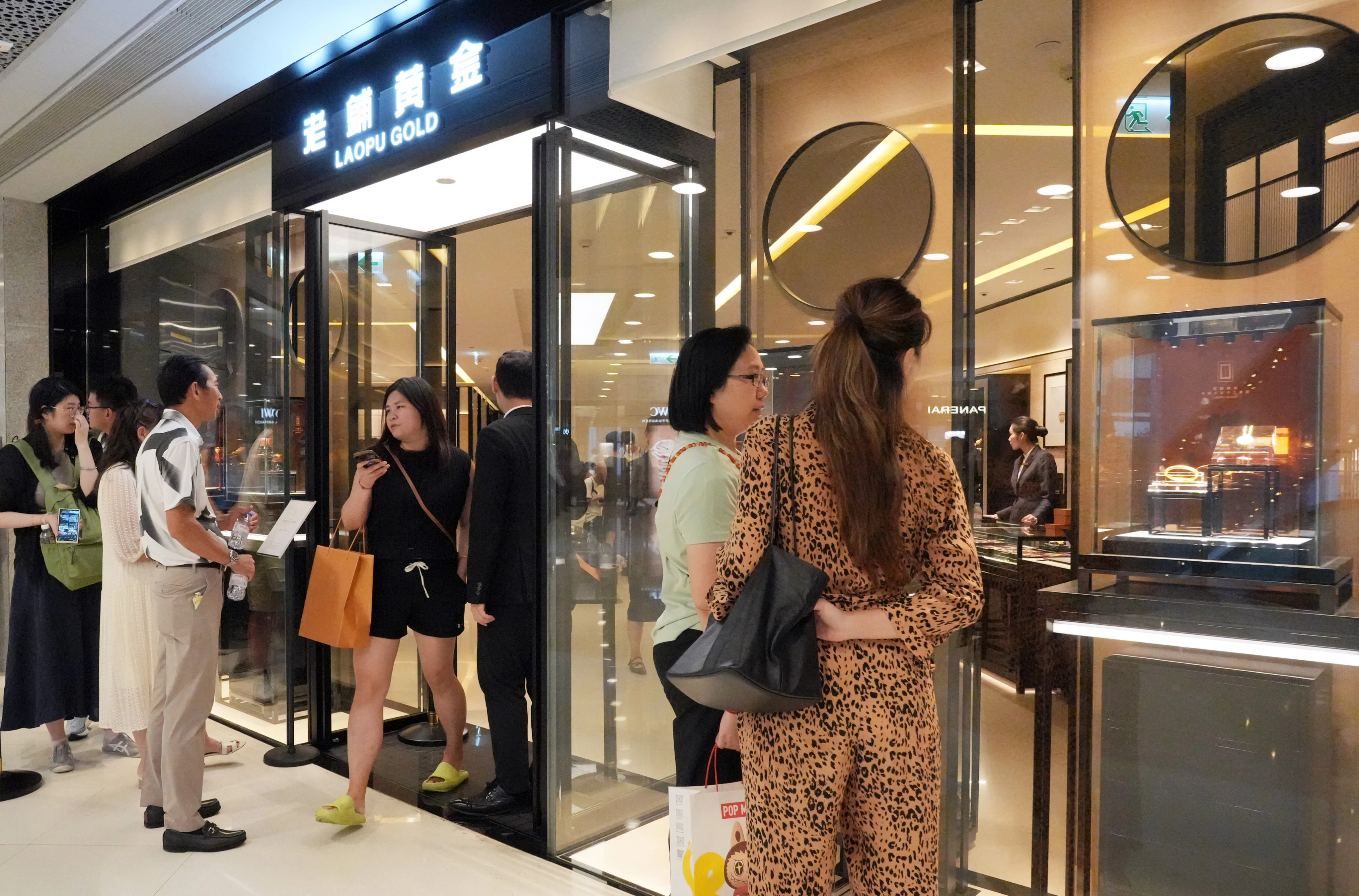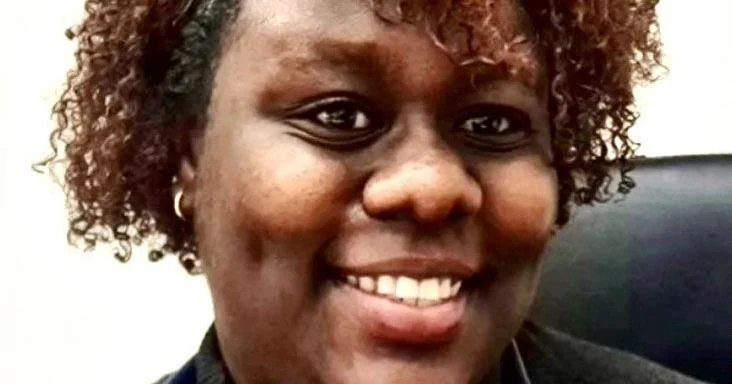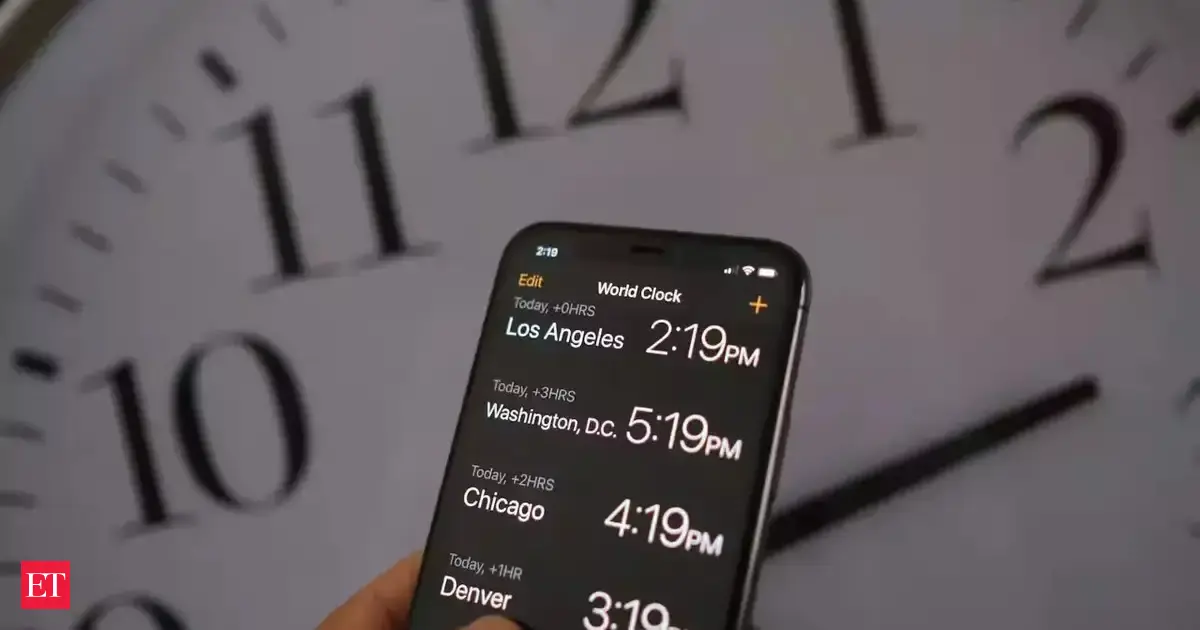Copyright scmp

At the newly opened Laopu Gold store in Hong Kong’s IFC Mall, it was quiet on a weekday afternoon. The barriers at the entrance, the spacious lounge and private rooms inside all exude the luxury image the brand aspires to project. A few days ago, long queues were seen before the shop’s opening, with some arriving hours earlier to secure a chance to buy gold jewellery at a discount as part of its inaugural promotion. The Beijing-based jeweller has defied China’s sluggish consumption trend, in which luxury spending has plummeted since the Covid-19 pandemic. According to analysts, Laopu Gold has positioned itself as an aspirational domestic luxury brand that offers traditional Chinese designs which appeal to the younger generation – a demographic that follows social media trends closely and is increasingly cost conscious, particularly amid rising gold prices. “Laopu has the potential to become China’s first luxury player,” Nomura said in a note. While some have dubbed Laopu China’s Hermes or China’s Cartier, some argue it still has a long way to go. Founded in 2009, the company says it incorporates traditional handicraft methods once reserved for the royal palace. It only operates in high-end shopping malls in major cities. Outside the mainland, Laopu has three stores in Hong Kong and one each in Macau and Singapore. About 77 per cent of Laopu’s customers also shop at international luxury brands like Louis Vuitton, Hermes, Cartier and Bulgari, according to Frost & Sullivan’s research data cited by Laopu. Laopu’s sales have skyrocketed over the past few years, while many Western brands that for years have dominated China’s luxury market have struggled. Mainland China’s personal luxury market peaked in 2021, reaching 471 billion yuan (US$66 billion) before slumping in 2022 as travel was strictly restricted due to the pandemic, according to Bain & Co. The market grew the following year as China reopened its borders only to retreat again. The market declined by about 20 per cent in 2024 and was expected to be flat this year, the consultancy added. After posting 150 per cent revenue growth in 2023 and 2024, respectively, Laopu’s revenue jumped 250 per cent to 12.35 billion yuan in the first six months of this year, while net profit grew 286 per cent to 2.3 billion yuan. Laopu meets the practical need for value preservation while also offering a sense of cultural and emotional value, according to Jason Yu, general manager at CTR Market Research. “People want high-end products, but they also don’t want to buy such products that have no value-preserving qualities,” said Yu. “Laopu serves both purposes.” “The strong interest or desire for gold is particularly common among consumers in China and East Asia, rather than being a universal phenomenon,” he added. These qualities seem to be working in favour of the jeweller amid galloping gold prices. Bullion rallied 27 per cent in 2024 and more than 50 per cent this year, trading at about US$4,050 per ounce on Friday. In times of economic instability, Chinese people tend to buy gold, said Shen Meng, a director at Beijing-based investment firm Chanson & Co. And in choosing which brands to buy, people like to follow trends, he added. “People are more likely to choose a popular brand like Laopu because it gives them a stronger sense of social currency,” Shen said. Philip Beck, chairman and co-founder of China-based data provider Moojing, said Laopu’s success was also the result of smart branding. “Many Chinese brands are very good at monitoring what consumers are asking for or talking about on social media,” Beck said, noting that Laopu was one of them. But 16-year-old Laopu is neither Hermes nor Cartier – both of which have centuries of history, legacy and broad international appeal – although it carries a high premium like these Western luxury brands, according to analysts. Laopu’s growth profit margin was as high as 41 per cent, while it was about 30 per cent for its competitors like Chow Tai Fook and Chow Sang Sang, according to a report published by Daxue Consulting this month.



